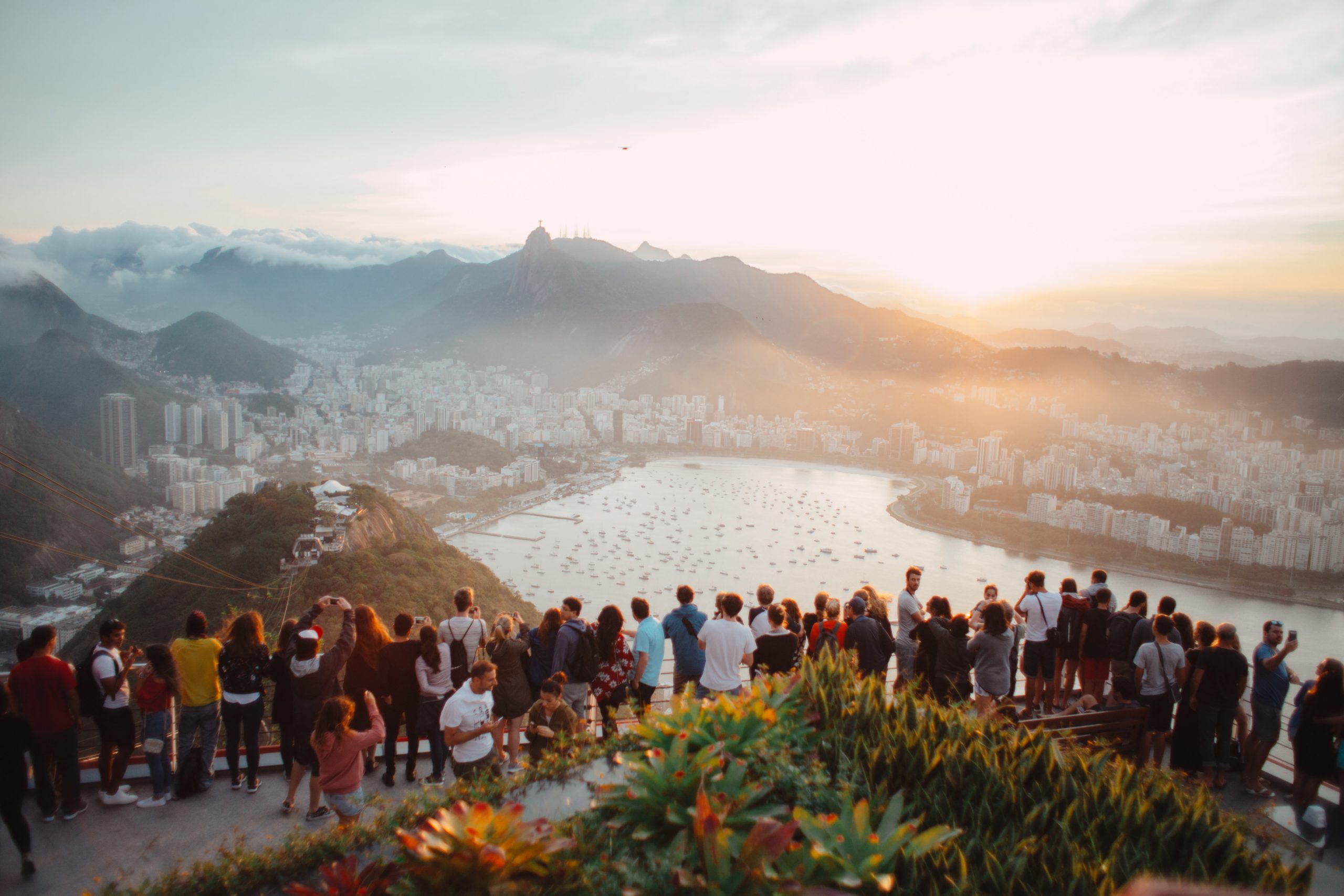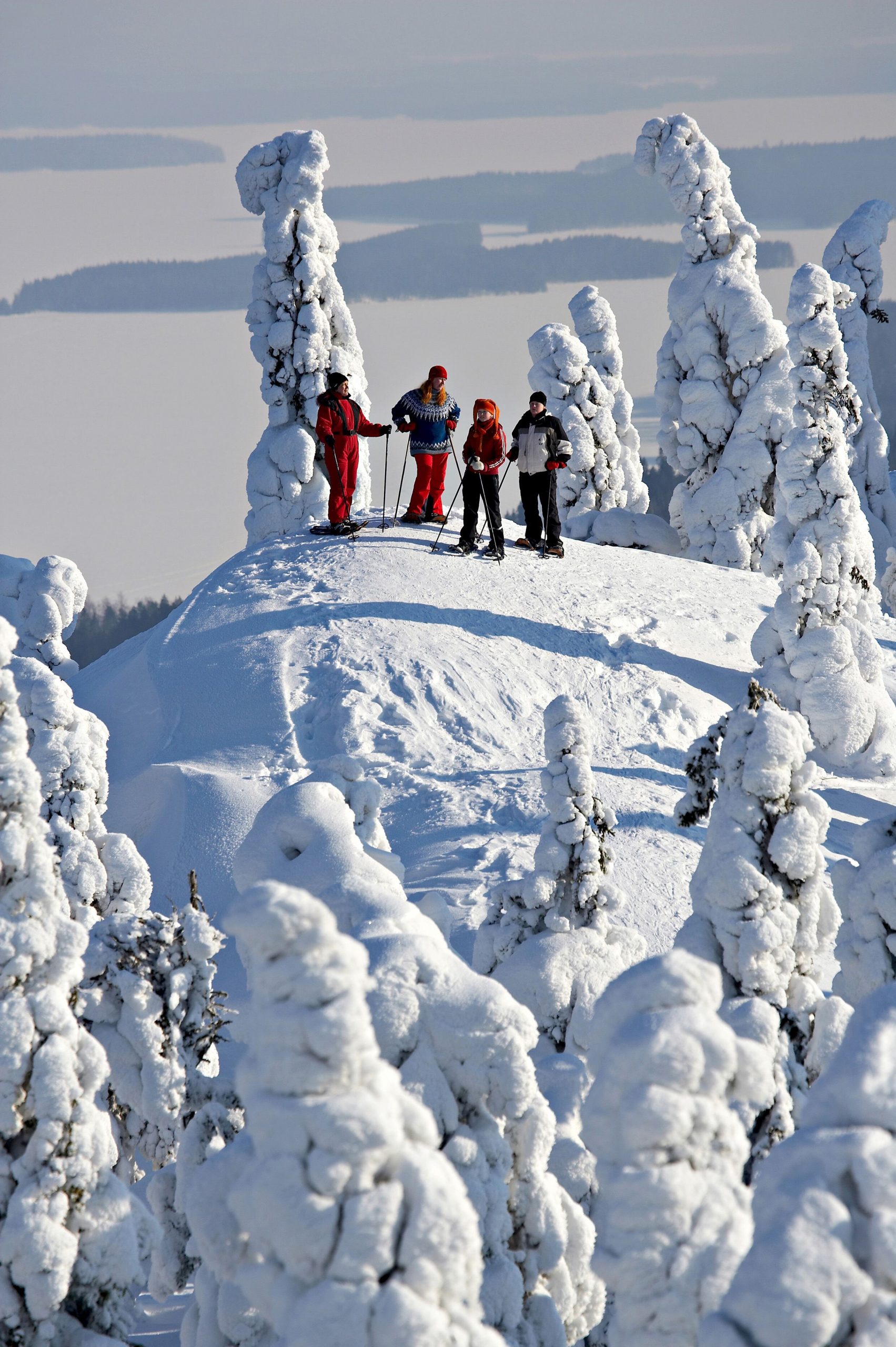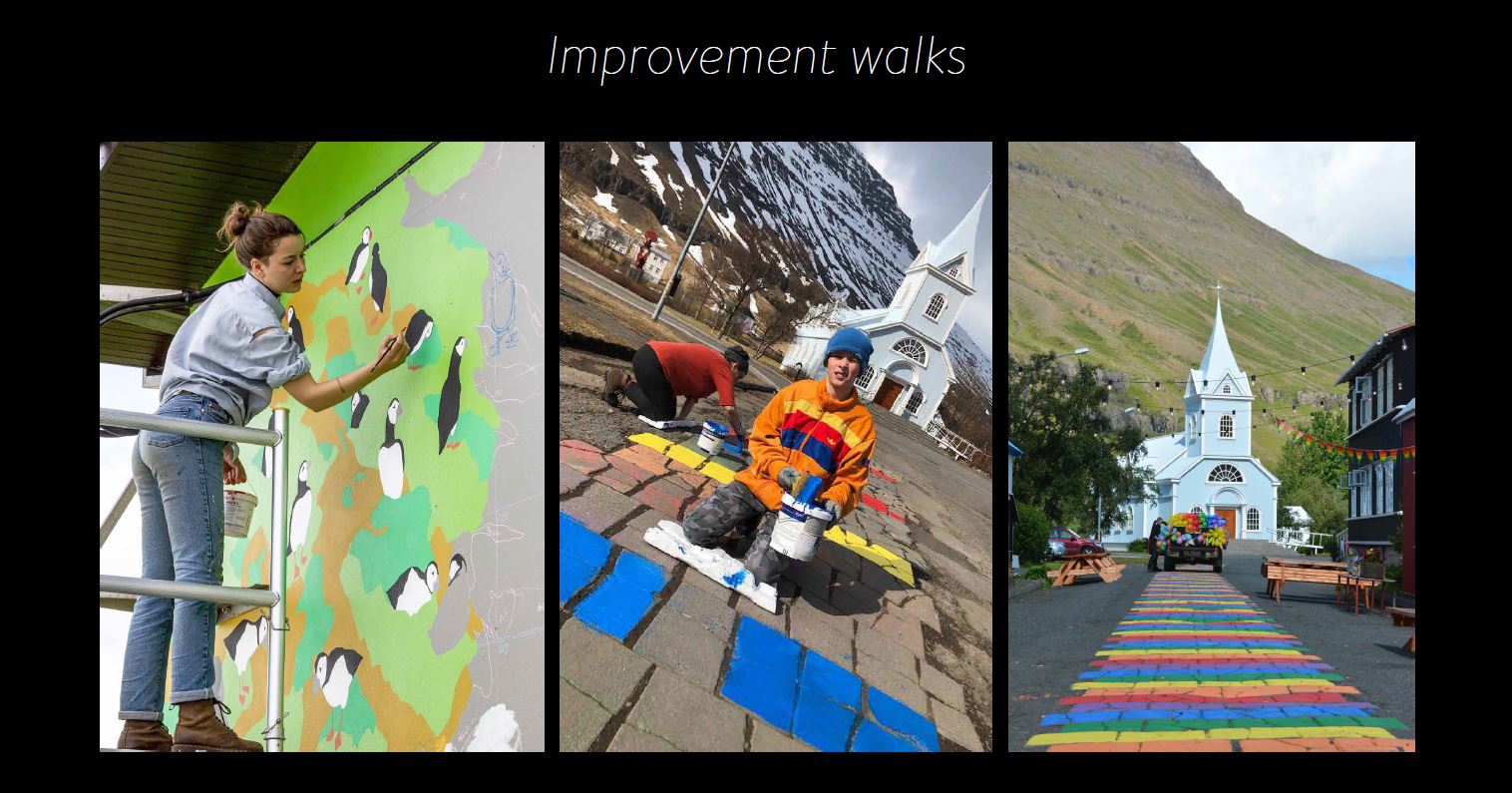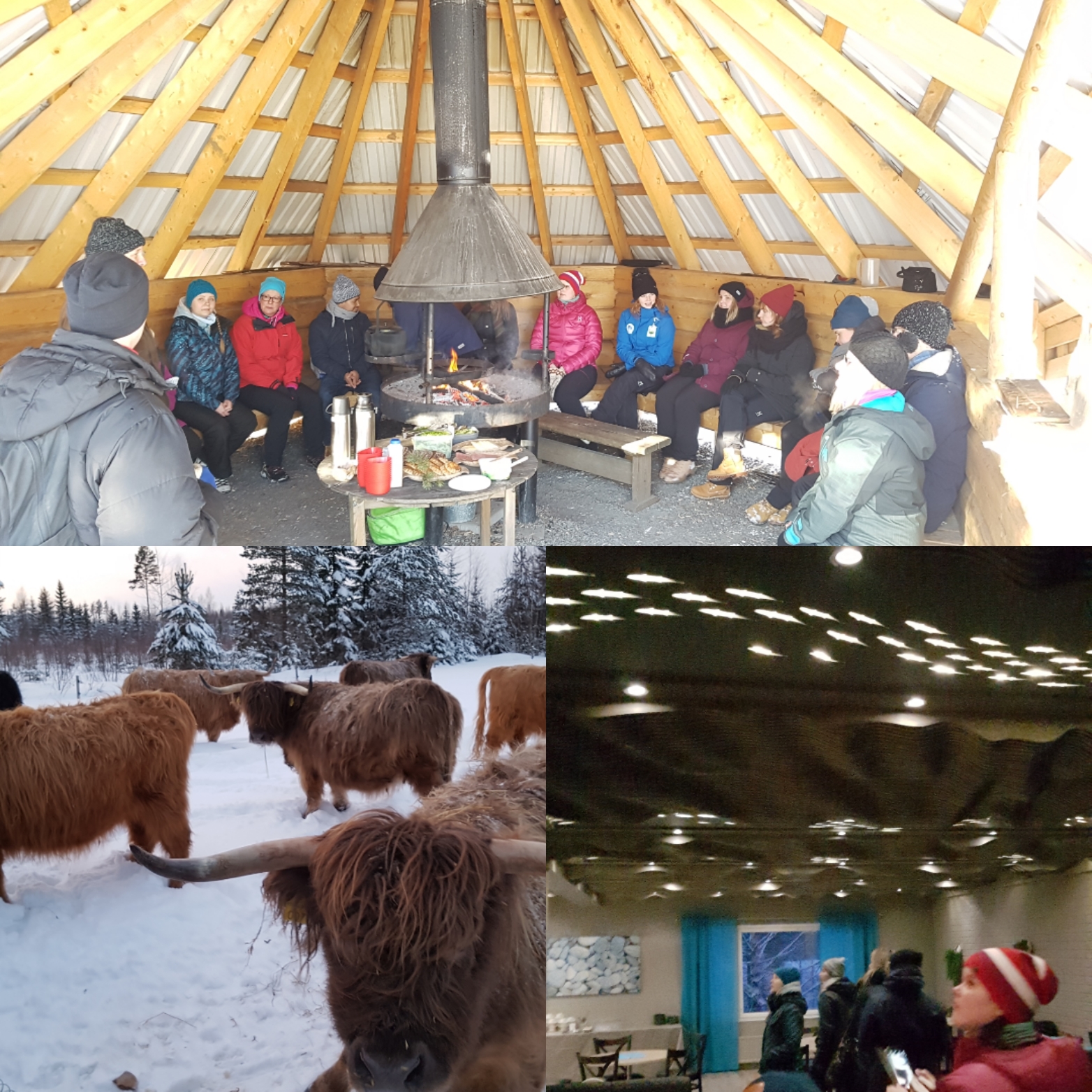
How overtourism could be prevented via green digital advertising?
Have you visited a destination that has “lost its magic” due to the crowds there? Authenticity as well as the quality of life of residents has been in danger since overtourism started to eat capacities of the destinations. Overtourism is referred to as “loving places to death”². Three decades ago, Venice was home to over 120 […]

How can we apply Harry Potter’s sorting hat into tourism marketing?
The novel Harry Potter and the Philosopher’s stone by J.K. Rowling (1997) is the first to introduce the concept of the Sorting Hat. The Sorting Hat is a hat that has a magical ability to sort the first-year pupils of Hogwarts School of Witchcraft and Wizardry into their “houses”, i.e. the groups of pupils […]

5 key learnings for a destination marketer
In the spring semester 2020 I attended a very interesting course called Destination Marketing, which is a part of the Tourism Marketing and Management master’s programme. The course gives an overview on different aspects of destination marketing in the rapidly changing world and offers interesting content for anyone interested in destination marketing. Here are my 5 key learnings from the course: Destination vs a company Traditional […]

VisitKarelia Destination Destination Marketing Workshop with University of Eastern Finland
University of Eastern Finland (UEF) and Visit Karelia are partnering to develop destination marketing innovations for North Karelia region. This partnership is part of the Destination Marketing course at the International Master’s Degree Programme in Tourism Marketing and Management (TMM), at UEF Business School in Joensuu. VisitKarelia is the local destination marketing organization (DMO), focusing […]

Digital Tourism Think Tank 2019 – Day 1
#DTTT 2019 What did I learn? I had a great possibility to participate in Digital Tourism Think Tank Global 2019 on 4rd and 5th of December, which this year took place in Espoo. DTTT Global is, in my opinion, one of the most interesting conferences as it gathers a bunch of tourism DMO’s and […]
DTTT Global 2019, Day 2
The second day (Read about the first day here) of DTTT was all about technology and digitalization. What we can learn from data and how we can benefit data in place branding, leading and marketing. Lead with data. Do marketing with it, learn from it, optimize – optimize – optimize – then do it again. […]
The most important concept in destination marketing?
What is a concept or a term that every destination marketer should know and understand about destination marketing? I think I found it. It is very catchy. A bit marketing-oriented even. Quickly thought, something far-fetched? But coherent and makes a lot of sense when thought more deeply. It gathers up something very wide in one […]

TMM developing tourism business at Etelä-Konnevesi region
Our International Master’s Degree Programme in Tourism Marketing and Management (TMM) has started a collaboration with municipalities of Konnevesi and Rautalampi and tourism stakeholders in the region. The concrete first step in this collaboration was a two-day workshop on developing nature tourism in the Etelä-Konnevesi region, organized in Konnevesi research station 14.-15.3.2018. Together with Anne […]
The Most Common Problem in Destination Marketing in the World
World’s Most Common Problem in Destination Marketing What is the difference between successful and non-successful destinations from the destination marketing perspective? In this post, I want to understand the details behind successful destination marketing. What is the one key thing to gain competitive advantage in destination marketing? When we start to think about the exact […]
How to promote a tourism destination online in international markets
“Summary: Plan, use different online tools to analyze, make things easy for others and Care!” Like every other business, there are some strategies to follow while promoting a tourism destination online in a foreign country to attract tourists. In this post, I present some ideas how a tourism destination should be marketed for international audiences. […]